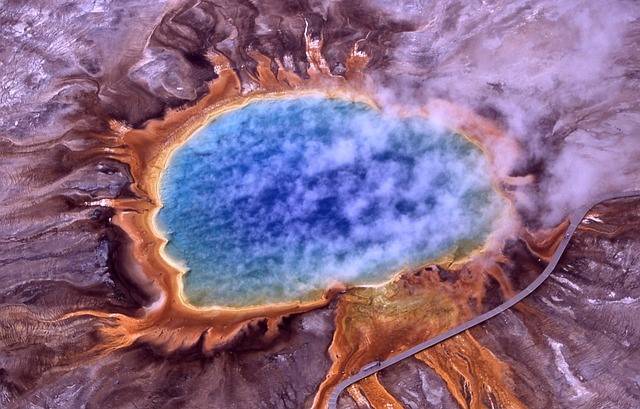The Azores
Grades 5+
 During the last days of April, 1808, small tremors shook the island of São Jorge in the Azores, which are 870 miles west of Portugal. The ground shook, and little eruptions sent steam skyward from Vulcão da Urzelina, the main island’s tallest peak.
During the last days of April, 1808, small tremors shook the island of São Jorge in the Azores, which are 870 miles west of Portugal. The ground shook, and little eruptions sent steam skyward from Vulcão da Urzelina, the main island’s tallest peak.
Then, on the morning of May 1st, Vulcão da Urzelina blew off its top, literally shaking locals awake. A hellish orange of lava, ash, and debris spewed from the crater along with a plume of smoke and ash. Fissures several miles long opened in the earth’s surface, allowing molten lava to flow freely down the steep slopes. The lava tongues destroyed everything in their path, burying homes and crops and killing dozens of people.
It was the last major eruption in the islands. But volcanic and seismic (earthquake) activity still rocks the Azores. In 2022, thousands of low-frequency tremors ran through São Jorge. These small quakes could be an early warning sign that magma is on the move underground. In other words, an eruption may be about to happen.
∗
 As violent and deadly as volcanoes might be, they also make life possible. Without active volcanic activity, the Azores would not exist.
As violent and deadly as volcanoes might be, they also make life possible. Without active volcanic activity, the Azores would not exist.
Volcanic activity formed the Azores millions of years ago. The islands’ landscape shows many signs of their volcanic past. Amid the lush vegetation are craters, lava fields, thermal springs, and hot mud pools.
The Azores remained uninhabited until the mid-1500s, when the first Portuguese settlers arrived. The volcanic soil was fertile, and the climate was ideal for crops. Fishing was excellent, and the islands offered a stopping point for ships traveling between Europe, Africa, and the Americas.
Azores Activity 1
 Correct any courtesy problems.
Correct any courtesy problems.
1. Me and Urze created the Azores.
2. The islands belong to she and Jorge.
3. Her and Jorge love to live there.
4. She dresses herself in the lush vegetation.
5. The islands are paradise for she and I. (Do not use us.)